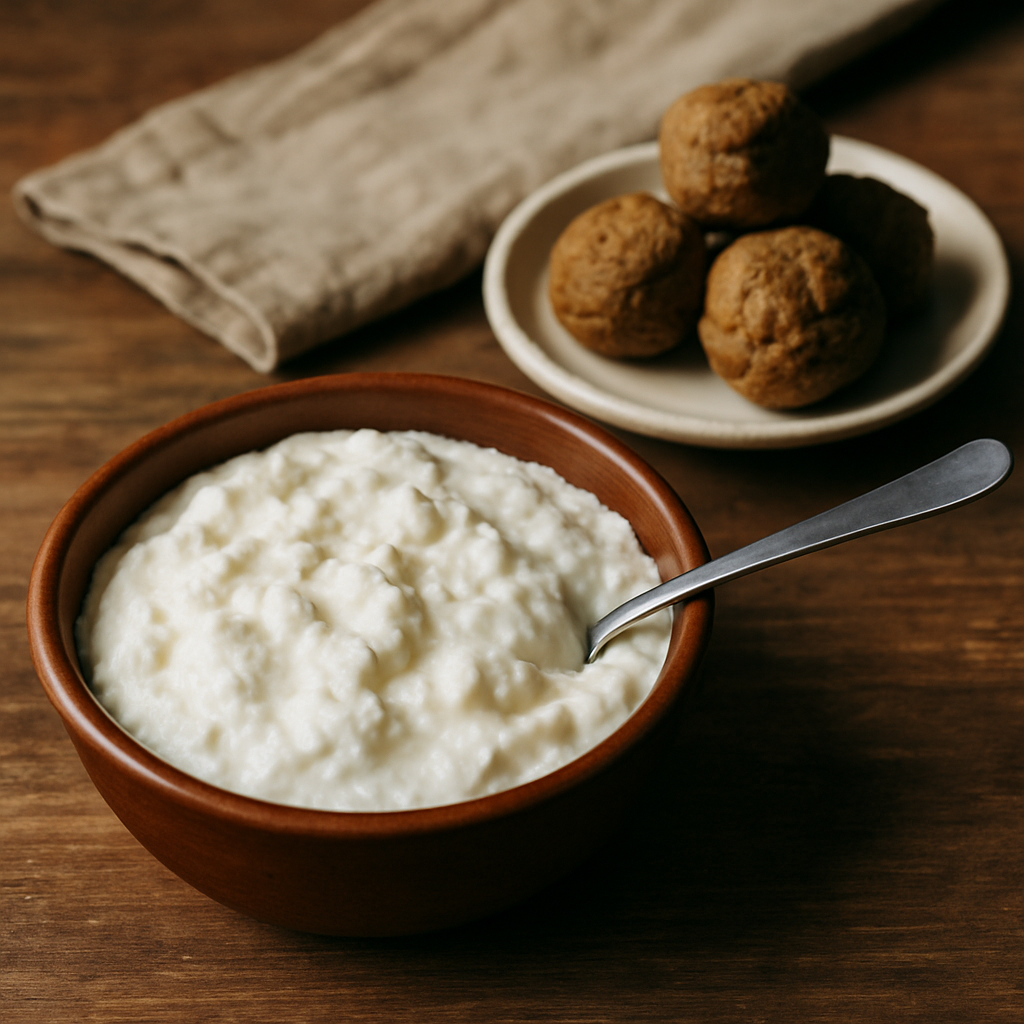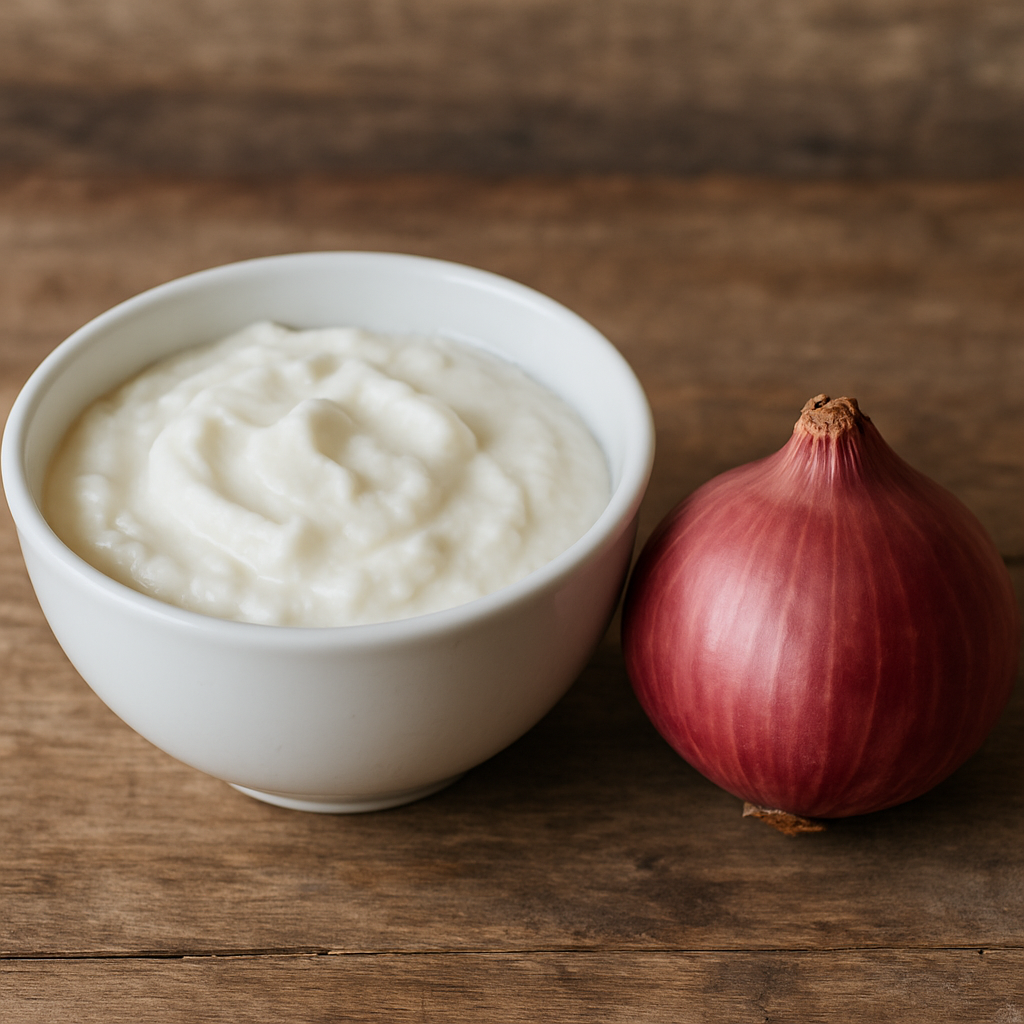Ask Ayurvedic doctor a question and get a consultation online on the problem of your concern in a free or paid mode. More than 2,000 experienced doctors work and wait for your questions on our site and help users to solve their health problems every day.
Shop Now in Our Store
Is Curd Good for Piles? Ayurvedic View and Safe Dietary Use

Piles, also known as hemorrhoids, are uncomfortable, often painful, and—let’s face it—no fun to talk about. But if you’re dealing with them, you're probably scanning the internet wondering: Is curd good for piles? Can we eat curd in piles, or should we totally avoid it? These are valid questions, especially when you're trying to manage symptoms naturally.
According to Ayurveda, what you eat plays a massive role in either aggravating or soothing piles. Curd, a staple in many Indian households, often lands in the gray zone—some swear by it for its probiotic benefits, while others say it worsens digestive issues. So, where does the truth lie?
Let’s unpack the Ayurvedic perspective and understand how to use curd for piles without making things worse. Yes, curd is good for piles in some situations, but not always. Read on to learn when and how to eat curd during piles, the risks of combining it with certain foods like onion and radish, and what alternatives might serve you better.
Can We Eat Curd in Piles? Ayurvedic Perspective
In Ayurveda, piles (referred to as Arsha) are linked to an imbalance in the body's doshas—especially the Pitta and Vata. Curd, by nature, is considered ushna (heating) and heavy to digest, which means it could aggravate Pitta if taken the wrong way. But here’s the catch—it’s not black and white.
While some people worry and ask, "can i eat curd in piles?", the real answer is: yes, but with caution. Ayurveda suggests that curd should not be eaten at night and should always be consumed with something that balances its heating nature, like black pepper or jeera powder.
Curd helps in piles only when used in moderation and in the right form. In fact, buttermilk—especially spiced with rock salt and roasted cumin—can be incredibly beneficial and easier to digest. It's lighter than curd and promotes a healthy gut, which is essential when dealing with piles.

Curd and Piles: Cooling or Irritating for Digestion?
One of the most confusing things about curd in piles is that while it's probiotic and helps digestion in general, its heating effect can irritate sensitive systems. That’s why some people feel bloated or uncomfortable after consuming it during an episode.
If you’re wondering, “is curd rice good for piles?”—hold that thought. We’ll cover that in more detail in a bit, but the short answer is: maybe not always.
So—curd can be both cooling and irritating, depending on how and when you eat it. Eating chilled curd directly from the fridge? Nope. Eating fresh, room-temperature curd with spices during lunch? That might actually help. Big difference.
How to Use Curd for Piles Relief Safely
Best Time and Form to Eat Curd During Piles
Timing matters. Avoid curd at night—it can increase mucus and cause digestive sluggishness. Midday, when digestion is stronger, is ideal. And no, don’t mix it with fruits or sugary stuff. Keep it simple.
The safest way to include curd during piles is:
-
At lunchtime
-
In small amounts
-
With warming spices (ginger, cumin, pepper)
-
As buttermilk (chaas) instead of thick curd
These minor tweaks can help turn curd from a potential irritant into a healing, gut-friendly food.
Onion or Radish with Curd: Is It Beneficial?
Some folks experiment with traditional remedies like onion with curd for piles or even radish with curd for piles. Here’s the thing—while these ingredients do have medicinal properties on their own, combining them with curd is a little tricky.
According to Ayurveda, mixing curd with certain raw veggies like onion or radish can create ama (toxins), especially if your digestion is weak. This combo might end up increasing inflammation instead of helping. Not to mention, it’s just…not that pleasant to taste either.
In general, it's better to eat onion or radish separately—maybe as part of a cooked dish or salad with some lemon and black salt. But avoid mixing them directly with curd if you're actively dealing with piles.
Is Curd Rice Good for Piles or Should It Be Avoided?
Curd rice. Comforting, familiar, and often a go-to when you're not feeling your best. But is curd rice good for piles?
Well... yes and no.
Curd rice is often considered light on the stomach, which makes it a popular choice during digestion issues. However, when you’re dealing with piles, you need to look beyond just comfort. Remember, curd is good for piles only under certain conditions—and combining it with rice can change the game.
Rice is heavy and sticky (especially white rice), and when mixed with curd—which is already dense and heating—it may lead to slower digestion and increased constipation in some people. And as you know, constipation is one of the worst triggers for piles.
So does that mean you have to completely stop eating curd rice if you have piles? Not necessarily.
If you’re really craving it, here are a few tweaks:
-
Use warm, soft-cooked rice—not leftover or cold rice.
-
Make sure the curd is fresh and not sour.
-
Add grated cucumber or bottle gourd to make it lighter.
-
Mix in some roasted cumin powder, black salt, or coriander to aid digestion.
Still, for many people, curd during piles is best taken as buttermilk or chaas. It’s much lighter, easier to digest, and doesn't carry the same risk of causing bloating or heaviness.

Alternatives to Curd for Gut-Friendly Cooling Foods
If you're still unsure about using curd in piles—or you've tried it and it just doesn't sit well—don't worry. There are several other natural cooling foods that can soothe your system and help relieve pile symptoms.
Here are a few gut-friendly alternatives that are Ayurvedically approved and piles-friendly:
-
Buttermilk (Takra): Like we said earlier, this is the king of digestive drinks in Ayurveda. Add roasted cumin, hing, or mint leaves.
-
Coconut Water: Cooling, hydrating, and super easy on the stomach.
-
Aloe Vera Juice: Especially good in small amounts for reducing inflammation internally.
-
Pumpkin or Bottle Gourd Soup: Easy to digest and naturally cooling.
-
Stewed Apples or Pears: If you’re craving something sweet but easy on digestion.
These options won’t just keep your gut happy—they’ll also help you maintain better bowel movements, which is key to managing piles.
Oh and one more thing: don’t forget hydration. Drink plenty of warm water throughout the day. I know, sounds boring—but it really makes a big difference.
Conclusion
So, what’s the verdict—is curd good for piles?
Yes, curd is good for piles in the right form, at the right time, and in moderation. Ayurveda doesn’t label curd as “bad” outright, but it warns against careless use—especially when digestion is already compromised, like during a piles flare-up.
To sum it up:
-
Can we eat curd in piles? Yes—but avoid it at night and never eat it cold from the fridge.
-
Is curd rice good for piles? Occasionally and in small amounts, with warm rice and added spices.
-
Curd helps in piles when converted into buttermilk or mixed with gut-soothing herbs.
-
Onion with curd for piles and radish with curd for piles? Best avoided due to potential digestive imbalance.
Every person’s body reacts differently. So listen to your gut (literally), observe how your body responds, and adjust accordingly.
And remember, the goal isn't to just find “safe” foods but to build a sustainable, cooling, fiber-rich diet that supports long-term gut health and regular bowel movements.
FAQs
Q: What should not be eaten in piles?
Avoid spicy, fried, and heavily processed foods. Red meat, too much caffeine, and alcohol can worsen inflammation. Also, try to cut down on very sour curd, cheese, and aged pickles. Anything that constipates or heats up your system is a no-go.
Q: What are the risks of eating curd with onion in piles?
Combining curd with raw onion might seem like a home remedy, but it can actually disrupt digestion. Ayurveda considers it a wrong food combination (Viruddha Aahar), which can create toxins in the body and worsen symptoms like bloating or rectal inflammation.
Q: Does curd actually help digestion during hemorrhoids?
Yes, curd has probiotics that support gut health. But during hemorrhoids, raw curd might be too heavy and heating. Buttermilk (takra), especially with spices like jeera and rock salt, is the better choice. It gives all the benefits without the digestive heaviness.
Final Ayurvedic Tips for Piles Relief
Still here? Awesome—here are a few bonus tips for managing piles naturally:
-
Start your day with warm water and a teaspoon of ghee or soaked raisins to promote smooth bowel movements.
-
Use Triphala powder before bedtime (mixed with warm water) to gently detox and support gut regularity.
-
Squat, don’t sit: A squatty potty or footstool under your feet can make a big difference.
-
Exercise gently—walking and yoga help improve digestion and circulation without straining the rectal muscles.
And hey, don’t ignore stress. Emotional tension can lead to poor digestion too. Deep breathing, meditation, or even just stepping outside for a break can do wonders.
If you found this guide helpful, why not share it with a friend or family member who might be struggling in silence? Piles are more common than we admit, and a few simple food tweaks can bring huge relief.
And if you're exploring Ayurveda to heal naturally, stay tuned—we’ll be posting more practical guides like this every week. Subscribe to our newsletter or follow us on Instagram @HealthyGutDaily for more tips!
This article is checked by the current qualified Dr Sujal Patil and can be considered a reliable source of information for users of the site.

